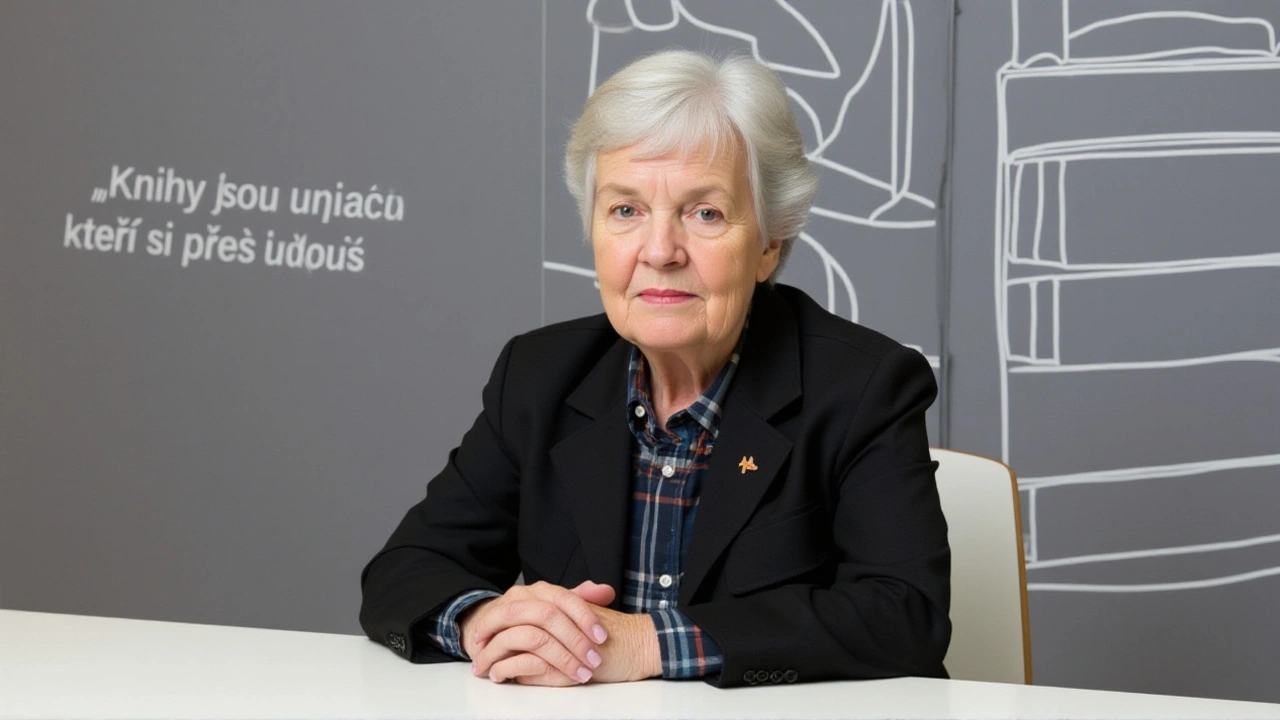Státní úřad pro jadernou bezpečnost – přehled a souvislosti
When talking about Státní úřad pro jadernou bezpečnost, český úřad, který dohlíží na bezpečný provoz jaderných zařízení a chrání veřejnost před ionizujícím zářením, we also encounter jaderná bezpečnost, soubor pravidel, technologií a postupů, které minimalizují rizika spojená s jadernou energií and radiologický dohled, monitorování úrovní radioaktivního znečištění v prostředí. The office works closely with the Mezinárodní atomová agentura (IAEA), globální organizací, která stanovuje normy a provádí inspekce jaderných zařízení. This network of entities creates a solid safety net for nuclear activities in the Czech Republic.
The primary mission of the Státní úřad pro jadernou bezpečnost is to issue licences, conduct regular inspections, and oversee emergency preparedness plans. Every nuclear power plant, from Temelín to Dukovany, must submit safety reports that the office reviews for compliance. When an incident occurs, the agency coordinates rapid response, informs the public, and works with health authorities to limit exposure. Its role isn’t limited to reactors; it also monitors medical radiology units, research labs, and the transport of radioactive material.
Spolupráce s provozovateli a veřejností
Operators of Czech nuclear power plants rely on the office for guidance on upgrades, waste management, and decommissioning strategies. The agency provides technical advice on modernizing cooling systems, strengthening containment structures, and implementing digital monitoring tools. At the same time, it runs public information campaigns, publishes radiation maps, and offers hotlines for citizens who have concerns about local radioactivity levels. This two‑way communication builds trust and ensures that safety measures are transparent.
Legally, the office enforces national legislation such as the Nuclear Act and aligns its work with EU directives on nuclear safety. It translates European standards into concrete procedures for license holders, ranging from reactor operators to small‑scale users of radioactive sources. By harmonizing Czech regulations with international norms, the agency helps avoid legal gaps that could threaten safety.
Recent years have seen several notable activities. In 2024 the office introduced a new real‑time gamma‑radiation monitoring network that feeds data directly to a public portal. Inspections this year identified critical upgrades at both Temelín and Dukovany, prompting investment in backup power systems. Moreover, the agency participated in an IAEA peer review where Czech practices received commendations for emergency planning. These developments show a proactive approach rather than a reactive one.
All the articles you’ll find below touch on topics that intersect with the work of the Státní úřad pro jadernou bezpečnost. Whether it’s a political debate about energy policy, a report on environmental monitoring, or a coverage of a new legislative proposal, each piece adds a layer to the bigger picture of nuclear safety in the country. Dive into the collection to see how the agency’s decisions influence daily news, regional politics, and the broader conversation about clean energy.
Zemřela Dana Drábová, šéfka českého jaderného dozoru, ve věku 64 let
Dana Drábová, dlouholetá ředitelka Státního úřadu pro jadernou bezpečnost, zemřela 6. října 2025. Prezident, premiér i mezinárodní partneři oceňují její přínos pro českou energetiku a jadernou bezpečnost.
